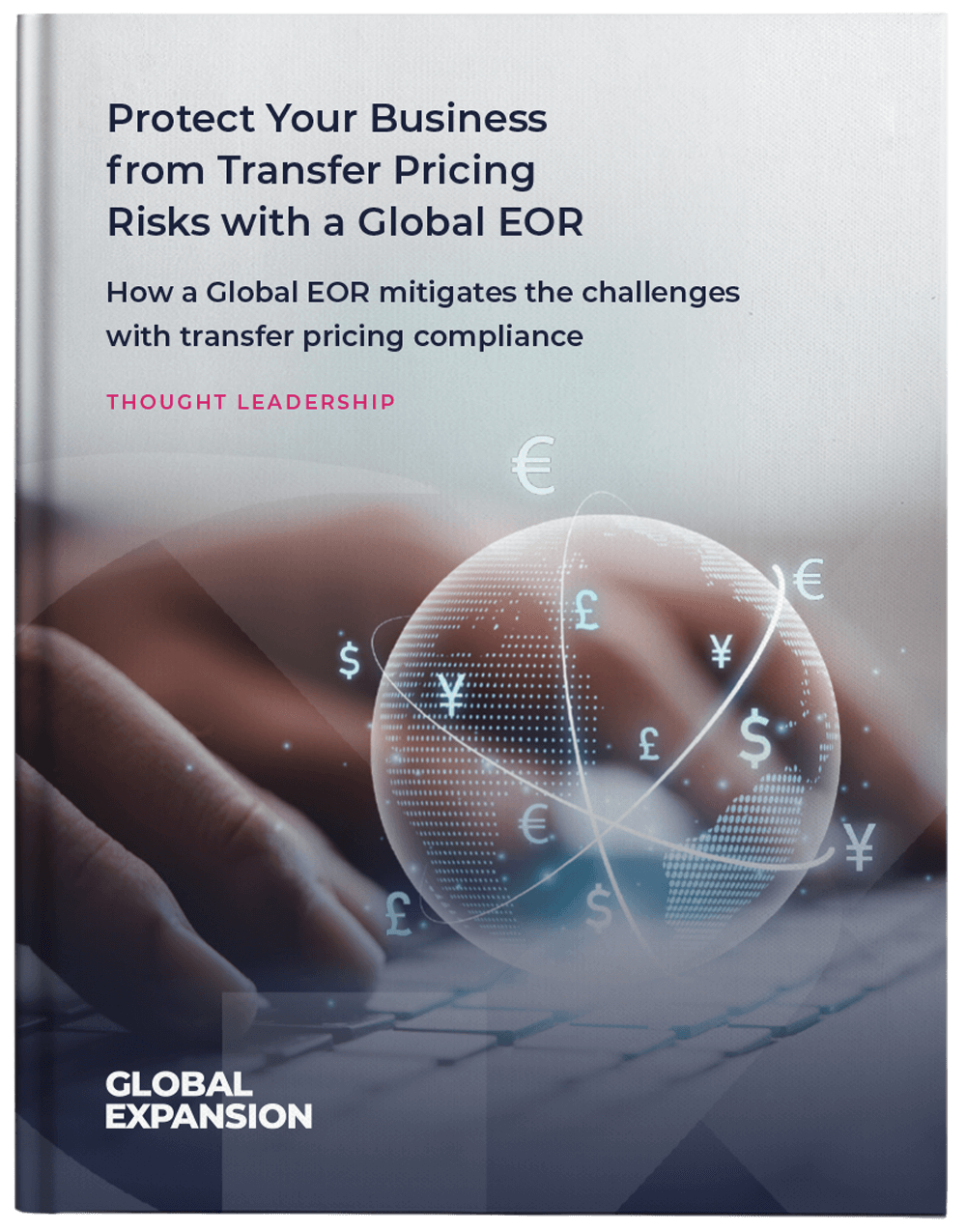Protect Your Business From Transfer Pricing Risks with a Global EOR
Global business is not just for large corporations. Today, SMEs can operate in international markets. However, SMEs often need more infrastructure and capital to operate abroad while complying with local laws.
Our guide outlines how SMEs can partner with a Global EOR to handle HR and tax compliance.

Download the guide to discover:
- The unique challenges of transfer pricing compliance.
- Effective strategies to lessen transfer pricing risks.
- How a Global EOR combines HR and corporate tax seamlessly.
Learn how a Global EOR can address the challenges associated with transfer pricing laws.

